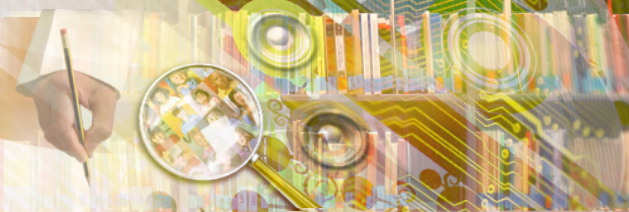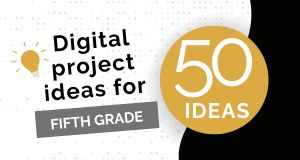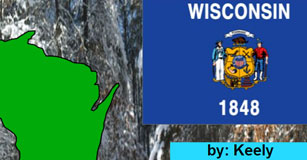Using Digital Primary Sources
Entice students to question and analyze with natural complexity

Educators often struggle to find meaningful and relevant materials that support the curriculum, promote higher order thinking, and engage students. Digital primary sources, because they require both the use of technology and by nature are authentic and complex, are a perfect enticement to encourage students to question and analyze.
By providing unique information in a temporal context, a primary source offers students a glimpse of an event or artifact which can aid in their discovery of the context and truth surrounding it. Work with primary sources provides both a personal and an emotional experience that results in deep, lasting understanding.
Regardless of the grade or content area, a relevant primary source can support and enhance exploration. This type of resource provides a channel for students to cite evidence, and establish historical context, purpose, and meaning - all traits of higher order thinking.
Getting Started with Primary Sources
Countless digitized original resources are free and readily available from art galleries, libraries, and museums worldwide. These institutions provide teachers and students free access to primary sources which may include maps, manuscripts, newspapers, prints, photographs, film, and audio recordings.
National Archives - Teacher Resources
Cross curricular lesson plans, analysis worksheets for all types of primary sources, reproducible copies of hundreds of resources from 1754 to the present (categorized by era), and more.
National Archives Experience - DocsTeach
Tools to create seven different interactive activities that promote historical thinking.
Library of Congress - Digital Collections
Links to resources that may be rare and are found nowhere else in the world.
Library of Congress - Teacher Resources
Materials and classroom resources for all content areas as well as professional development options.
Smithsonian Institution’s - Educators Page
Hundreds of state standards-aligned online resources and materials to promote cultural understanding, teach history, art, science, invention, and innovation.
National Gallery of Art - Resources for Educators
More than 500 resources that can be downloaded or borrowed, including brochures, teaching packets, DVDs, online interactive lesson units, and podcasts. Many are cross-curricular.
National Archives Experience - Digital Vaults
Students can create an historical poster or movie from a database of over 1,200 primary sources to share via email or select and solve Pathway Challenges by discovering the relationship between sources.
Interactive exercises that use documents from the American Memory Collection of the Library of Congress to deepen student understanding of American history from 1880-1920.
Eleven thematic kits that include copyright free and easily downloadable images, documents, and audio recordings to help students in grades 5-12 create their own digital documentaries.
Frameworks for Inquiry
Using a framework of inquiry to investigate primary sources can spark students’ curiosity and be the catalyst to engage them and increase their interest in the content. Barbara Stripling’s Model of Inquiry includes six phases: Connect, Wonder, Investigate, Construct, Express, and Connect. The SCIM-C Strategy by David Hicks, Peter E. Doolittle and E. Thomas Ewing uses the first four phases (Summarizing, Contextualizing, Inferring, and Monitoring) as the scaffold for the final phase (Corroborating).
As students move between phases in this recursive process, they naturally deepen their own understanding and are at the same time empowered to become the masters of their own learning. Using these techniques to investigate primary sources helps students learn to question, reason, and verify their thoughts, enabling them to construct their own, personal interpretation of the historical evidence.
Students as Historians
Educators can help students to become student sleuths - modern day investigators of history past - by providing opportunities to analyze historical figures or events. This can be nurtured by having students conduct research centered on related primary sources, developing the skills necessary to comprehend and understand these resources from multiple perspectives and determine their historical context and significance.
History is much more likely to have significance and meaning for students if educators encourage their efforts to closely examine historical claims and weigh the supporting or refuting evidence. By analyzing various primary sources and searching for the "truth," students can often discover multiple accounts of the same event. This allows them to consider approaching the experience from the different perspectives of those involved by establishing the context and connections to this and other historical situations. Events cannot be separated from their time and place - the context of any happening is crucial to its understanding.
As 21st century educators, we have access to more tools, materials, and resources than at any other time in our history. Leveraging these resources engages and stimulates our students’ minds, helping them reach their maximum intellectual and creative potentials. Their futures, and perhaps even ours, depend upon it.














